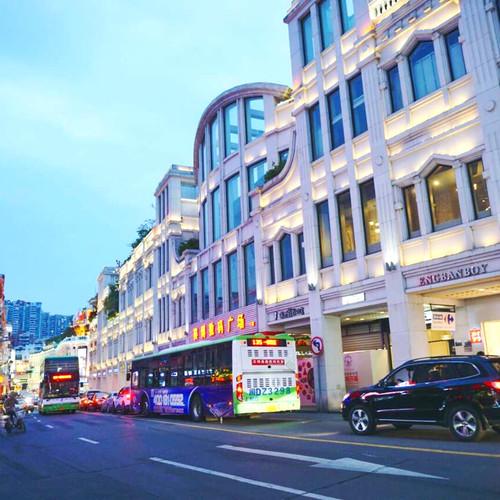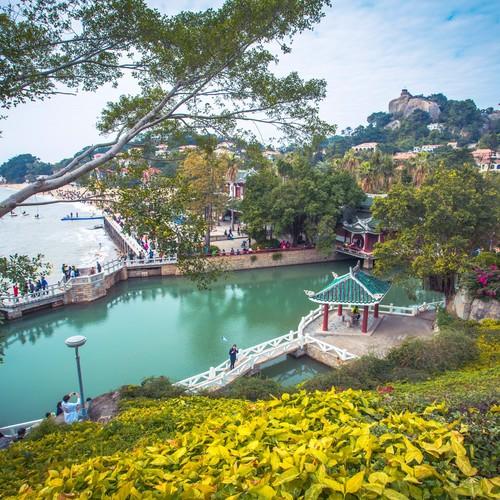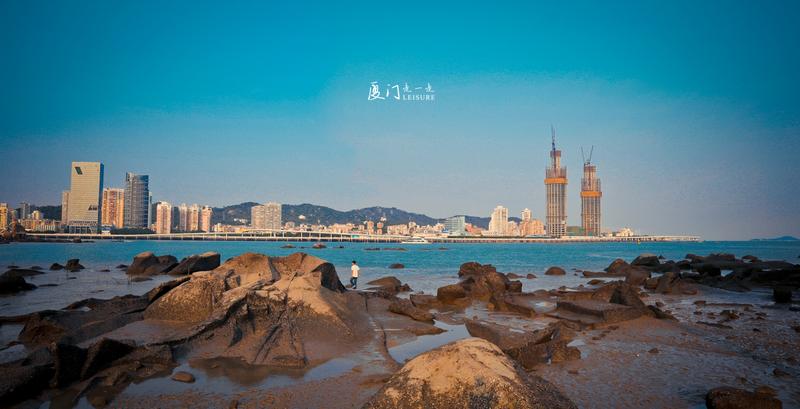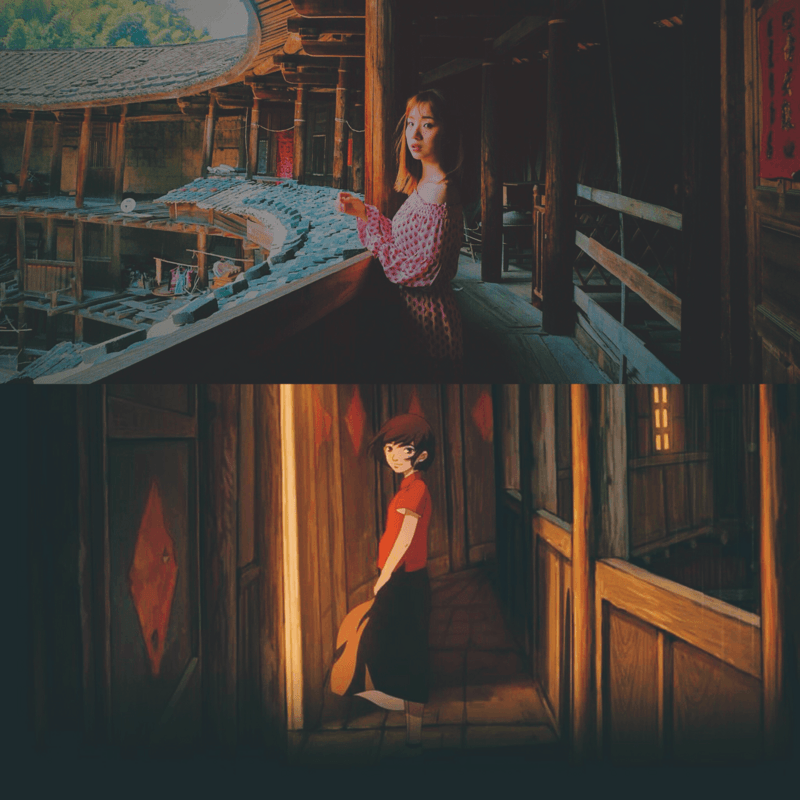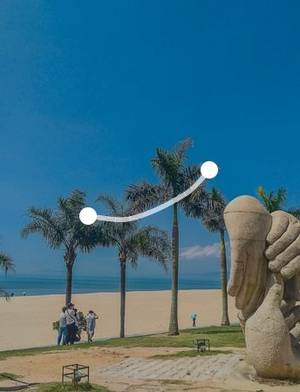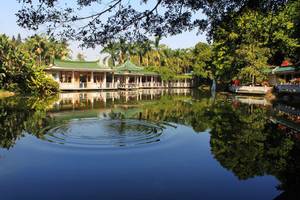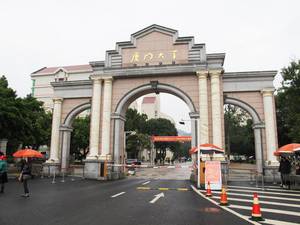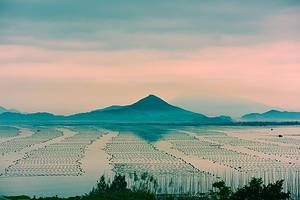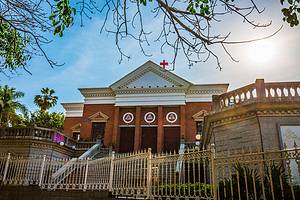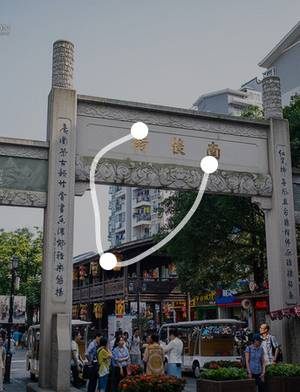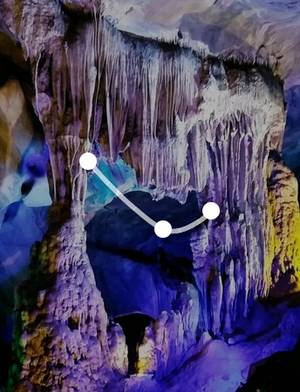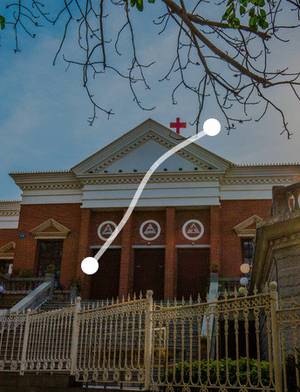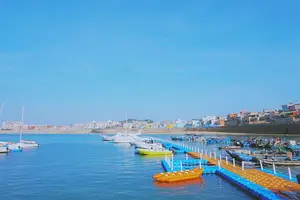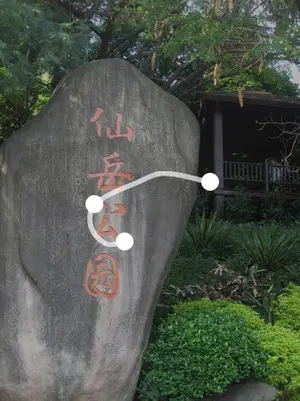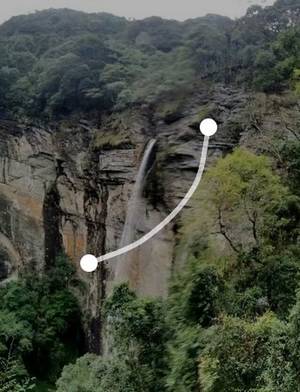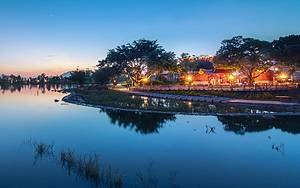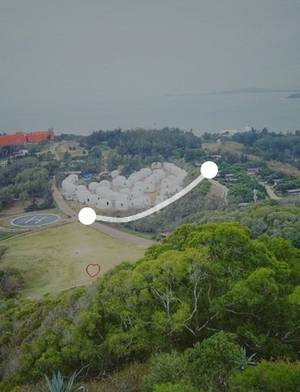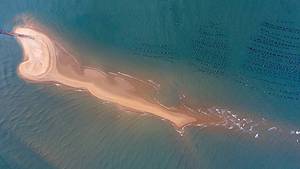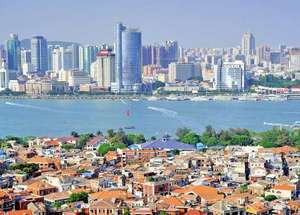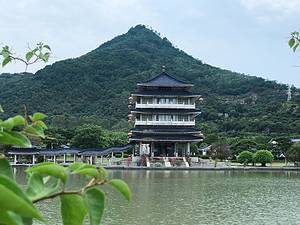Four-day tour in Xiamen and Zhangzhou
3 cities |
12 attraction(s) |
total distance 32
km
 TIPS
TIPS
Day1
Day2
Day3
Day4
Day1: Xiamen
4 attraction(s) ·
7 km
1
Located between Wenping Road and Heping Wharf in Siming District, it has been transformed from an abandoned railway track, preserving the initial memories of Xiamen's transportation development.
2
km
2
It is the true Xiamen Port in the hearts of local Xiamen people. The name comes from the fact that this is the farthest end of a long stretch of beach, and sand from all over flows here.
2
km
3
Nanputuo Temple is a key Buddhist temple in the Han Chinese region. Come here to pray if you are ready for blessings.
4
km
4
Zhongshan Road Pedestrian Street is Xiamen's oldest commercial street, where people often buy souvenirs and there are regular promotional activities during holidays and festivals.
Day2: Xiamen
4 attraction(s) ·
3 km
1
Sunlight Rock, also known as "Yan Zai Shan" or "Huang Yan," is said to have been named "Sunlight Rock" by Zheng Chenggong in 1641. It is said that he saw the scenery here surpassing the Mount Nikko in Japan and split the character "Huang" into two to name it "Sunlight Rock". As you enter the mountain gate and look up at the cliff above, you will see three inscriptions: "Heavenly Winds and Ocean Waves", "Gulangyu's Top Cave", and "Lujiang's Number One". Surprisingly, these three inscriptions were respectively carved by three different individuals: "Gulangyu's Top Cave" was inscribed in 1573 by Ding Yizhong, the supervisor of Quanzhou Prefecture, making it the oldest inscription on Gulangyu Island; "Lujiang's Number One" was inscribed by Lin Zhen, a successful candidate in the Daoguang period of the Qing Dynasty; and "Heavenly Winds and Ocean Waves" was inscribed by Xu Shiying, the Fujian Inspector General in 1915, during the Republic of China era. These three inscriptions on a huge rock have spanned three dynasties! The top of Sunlight Rock is the highest point on Gulangyu Island. Standing here, you can enjoy the surrounding islands and sea views. Feeling the sea breeze and taking a photo with your hair flying is a great choice.
1
km
2
Shuzhuang Garden was built in 1913 and named after the homonym of the nickname "Shuzang" of the Taiwanese wealthy businessman Lin Erjia. It is divided into Bishan Garden and Canghai Garden.
1
km
Day3: Zhangzhou > Longyan
3 attraction(s) ·
24 km
2
The name Huaiyuan Building has three meanings: First, it expresses the longing for distant relatives. Second, it indicates that the owner of the building comes from a distant place called Huai in Henan. Third, it reminds the descendants of the Jian family to have lofty ambitions. Huaiyuan Building is currently the most exquisitely crafted and well-preserved double circular tulou. Its unique design with circles within circles makes the interior lighting relatively dim.
22
km
3
The scenic area contains many Tulou buildings, one after another. The best one is the Chengqi Lou, also known as the "Fujian Tulou King", which is the largest and has the most circles among the Tulou buildings in Fujian. It has retained its original four-circle style and remains intact after hundreds of years, with people still living in it. Wuyun Lou is the oldest Tulou building in the Fujian Tulou complex, with a square shape. Sheze Lou was newly built by some residents of Chengqi Lou due to the shortage of housing, also a square building. It complements Chengqi Lou perfectly with a straight line between them.
Day4: Xiamen
1 attraction(s) ·
0 km



